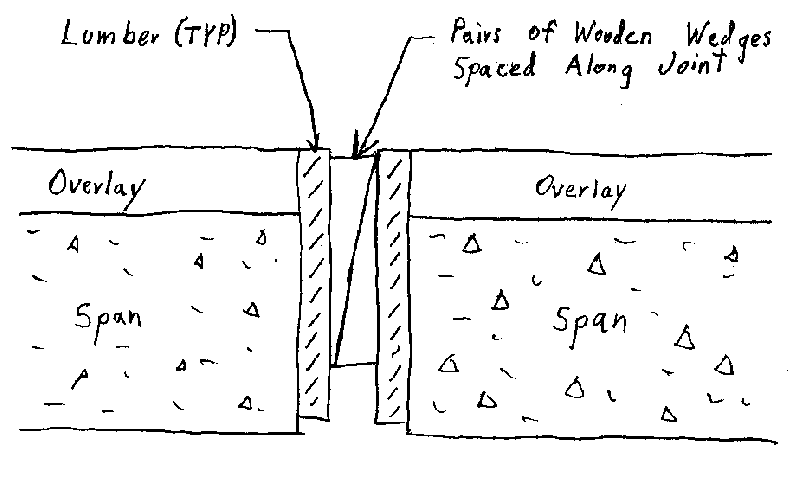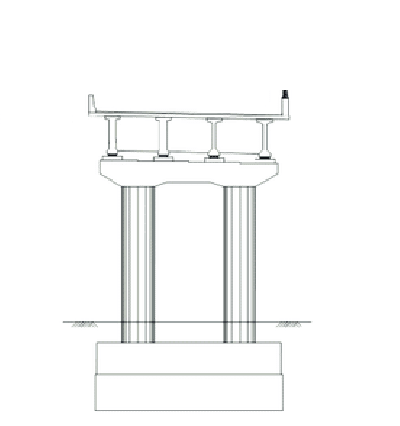We are having a problem with the way that contractors are protecting and curing the edge between spans on bridges during an overlay after milling. Right now they are using a piece of Styrofoam, but the piece moves while the overlay is being placed. I have looked for other methods for the gap between spans to be formed during the overlay without any luck. I was just wondering if anyone had a good method for protecting the gap between spans while creating a straight edge along the concrete for a bridge expansion joint system to be placed in.
Thanks,
Thanks,


![[idea] [idea] [idea]](/data/assets/smilies/idea.gif)
